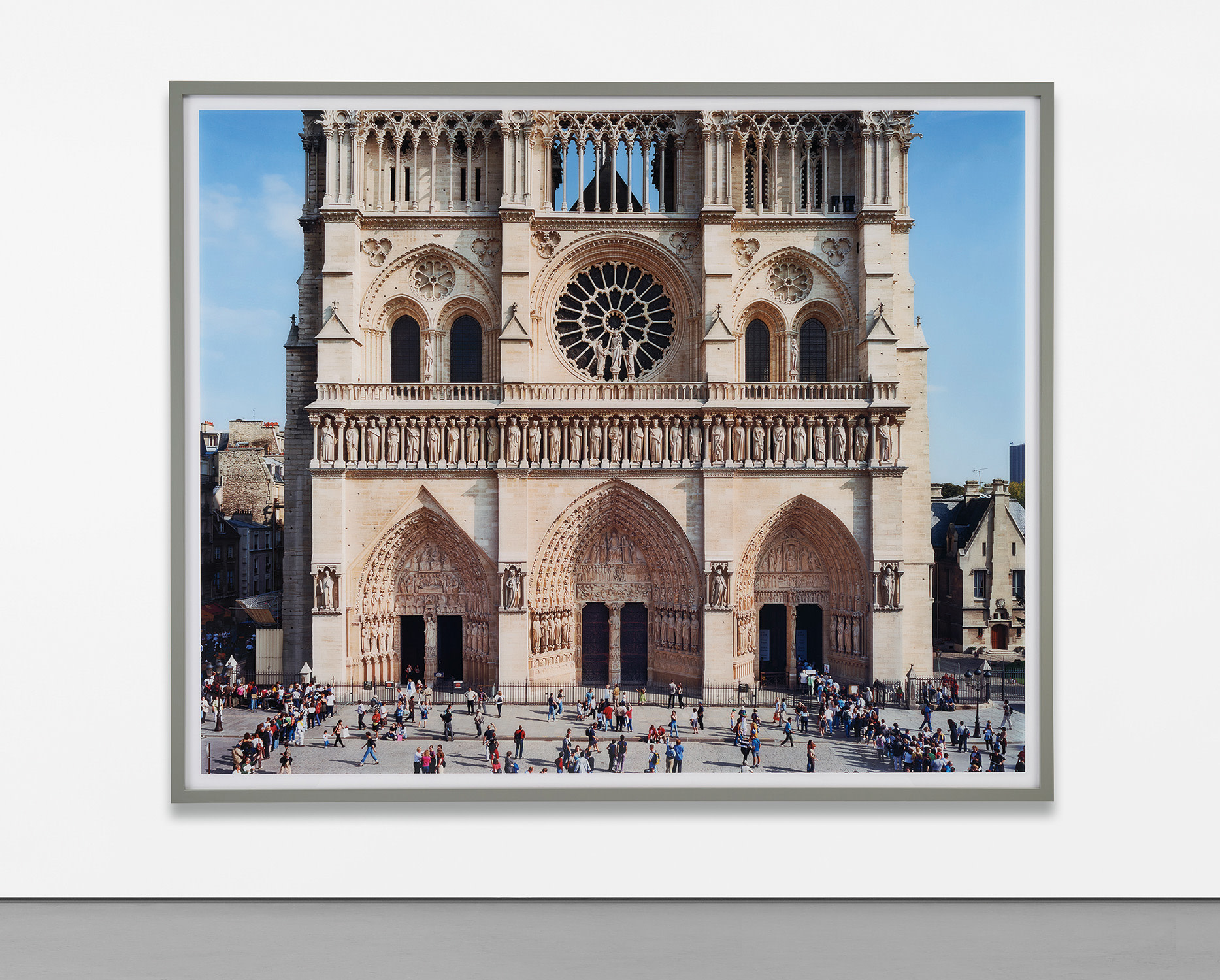



19Ο◆
Thomas Struth
Notre Dame, Paris
overall 71 1/8 x 87 5/8 in. (180.7 x 222.6 cm)
Other examples from the edition are housed in the Lhoist Collection, Limelette and as a promised gift to the National Gallery of Art, Washington, D.C.
Further Details
Full-Cataloguing
Thomas Struth
Thomas Struth is a German photographer best known for his large-scale, classically composed photos of museum, cityscapes, and family portraits. Struth is a prominent member of the Düsseldorf School of Photography, the group of artists who studied at the Kunstakademie Düsseldorf in the mid-1970s under influential photographers Bernd and Hilla Becher. Struth’s highly centralized, balanced photos incorporate cutting-edge photographic techniques and the tenets of classical composition to develop the documentarian aims of the Bechers.
Struth’s work has been widely celebrated by the international art community. He represented Germany at the 44th Venice Biennale in 1990 and has been the subject of major retrospectives including those at the Dallas Museum of Art, the Metropolitan Museum of Art, New York, and the Haus der Kunst, Munich. He lives and works in Berlin and New York.